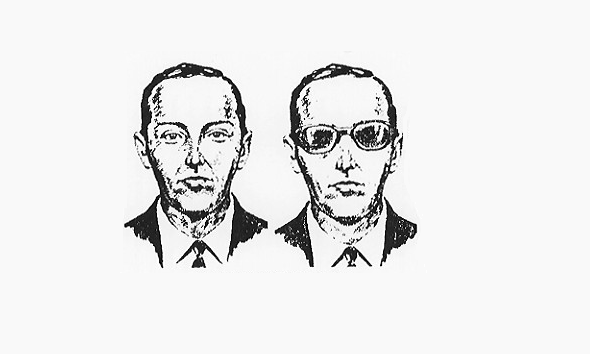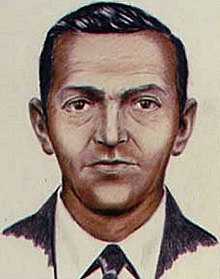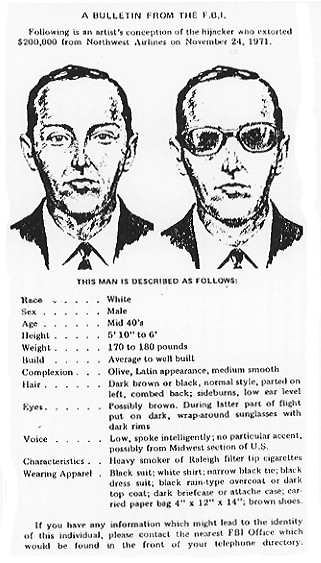The hijacking of a Boeing 727 aircraft in 1971 is considered one of the most spectacular crimes in the history of the USA. After the hijacker had left the plane with a parachute, he was never seen again. According to a recent newspaper article, a deciphered cryptogram might now solve this mysterious case.
On November 24, 1971, a man who called himself Dan Cooper approached a flight counter at the airport of Portland, Oregon. He booked a flight to Seattle and boarded the aircraft, a Boeing 727-100. Shortly after takeoff, Cooper handed a note to a flight attendant. After she didn’t react immediately, he said: “Miss, you’d better look at that note. I have a bomb.”
The Cooper case
After the flight attendant had read the note, Cooper directed her to sit beside him and showed her the alleged bomb in his briefcase. Cooper then stated his demands: $200,000, four parachutes, and a fuel truck standing by at the destination airport to refuel the aircraft upon arrival. The flight attendant conveyed Cooper’s instructions to the pilots.
The pilots informed air traffic control about the hijacking. The airline’s president authorized payment of the ransom and ordered the crew to cooperate fully with the hijacker.
Cooper was later described as a calm, polite, and well-spoken person.
After the aircraft had landed at Seattle airport, the airline’s local operations manager delivered a cash-filled bag and the parachutes to the pilot. Once the delivery was completed, Cooper ordered all passengers and parts of the crew to leave the plane.
Cooper now instructed the remaining crew to take off again and take a southeast course toward Mexico City at the minimum airspeed possible. The plane’s rear exit door was to be left open. After takeoff, Cooper told the only remaining flight attendant to join the rest of the crew in the cockpit.
While Cooper was alone in the passenger cabin, he parachuted out of the open rear exit door.
47 years later, the Cooper hijacking case is still unsolved. The FBI checked over a thousand suspects, but to no avail. Many theories have been dicussed about Cooper’s identity and whereabouts, but nothing has been prooved. There are numerous websites, press articles, and TV documentaries about this meanwhile legendary crime.
Many aviation experts doubt that Cooper survived his parachute jump. The weather was cold, he didn’t wear appropriate clothing, and his landing place was in mountainous terrain.
Has a hidden message solved the case?
Until recently, no relashionship between the Cooper case and cryptography was known to me. Nevertheless, Cooper was mentioned on this blog once. Last year on April 1st, I used a (modified) version of the Cooper composite sketch to illustrate an article about an alleged murder case that involved an unsolved cryptogram consisting of only one letter. Of course, this story was an April fool’s prank. Reader Kriston apparently recognized the picture and commented: “Mr Cooper again.”
Yesterday, Zodiac Killer expert and reader of this blog, Dave Oranchak, informed me about an article in the New York Daily News. According to this article, a codebreaker named Rick Sherwood (a man I have never heard of before) deciphered a letter sent by Cooper to an Oregon newspaper in 1972. The cleartext allegedly contains a confession and reveals the true identity of Dan Cooper.
If Sherwood’s decipherment is correct, the cleartext states that Cooper’s real name is Robert Rackstraw. Rackstraw, a 74-year old army veteran now living in the San Diego area, has been suspected to be Dan Cooper before (like many others). However, the flight attendants of the hijacked aircraft did not see much similarity between Rackstraw and the offender.





Kommentare (7)